Scientists Make Remarkable Discovery About ‘Living Skin’ Protecting Great Wall of China
For more than 1,000 years, the Great Wall of China has been considered an engineering marvel and great wonder of our world. At 5,499 miles long, it took more than 2,000 years to build and has remained almost entirely intact for another millennium.
While certain parts of the Great Wall of China have slowly started to crumble, the majority of the more than 5,000-mile-wall is still in perfect condition. And now, scientists have finally figured out how this incredible structure has stood tall for thousands of years.
The History of the Great Wall of China
The Great Wall of China is unquestionably one of the most distinguished and appreciated human-made structures on Earth. Construction of the giant 5,500-mile-wall began in the 7th century BCE, but it wasn’t completed until around 200 BCE.
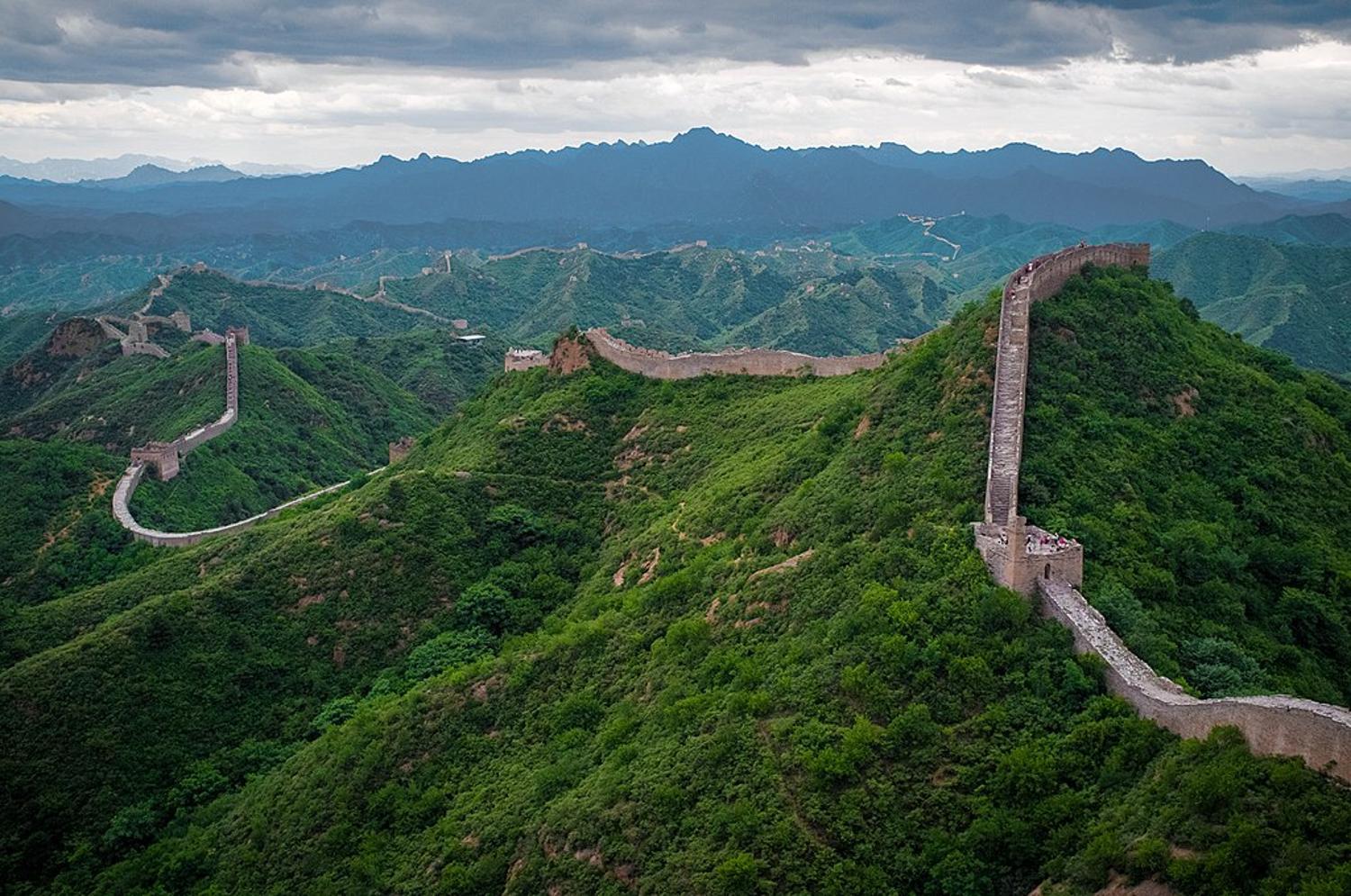
Source: Wikipedia
The wall was built as a protection for the ancient Chinese states of Imperial China against nomadic groups, as well as a border control for regulation on trade along the Silk Road. Today, it stands tall as one of the most impressive architectural feats of all time.
What Is the Great Wall of China Made Of?
Because construction began before the invention of bricks, several parts of the Great Wall of China were built simply with rammed earth, stones, and wood.
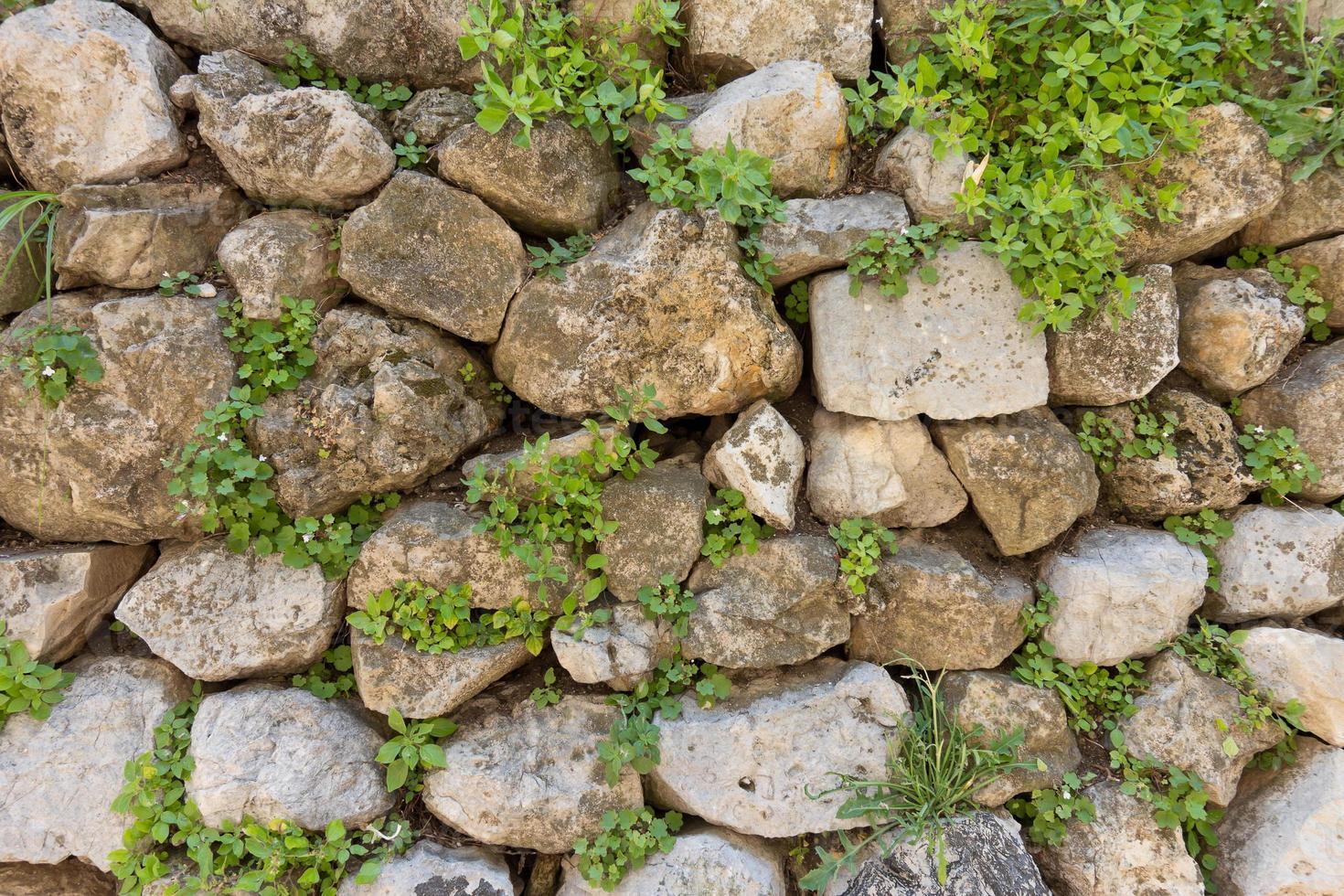
Source: Vecteezy
Rammed earth is an ancient building technique in which natural materials, such as soil, chalk, and gravel, were compressed to form a solid and strong wall or floor. Interestingly, ancient builders were so skilled at creating rammed earth structures that, when done correctly, they were as strong as today’s buildings made from concrete.
The Rammed Earth Sections of the Great Wall Are Still Standing Strong
It’s clear that the rammed earth technique can last the test of time as the majority of the sections of the Great Wall of China made from rammed earth are still standing tall some 3,000 years later.
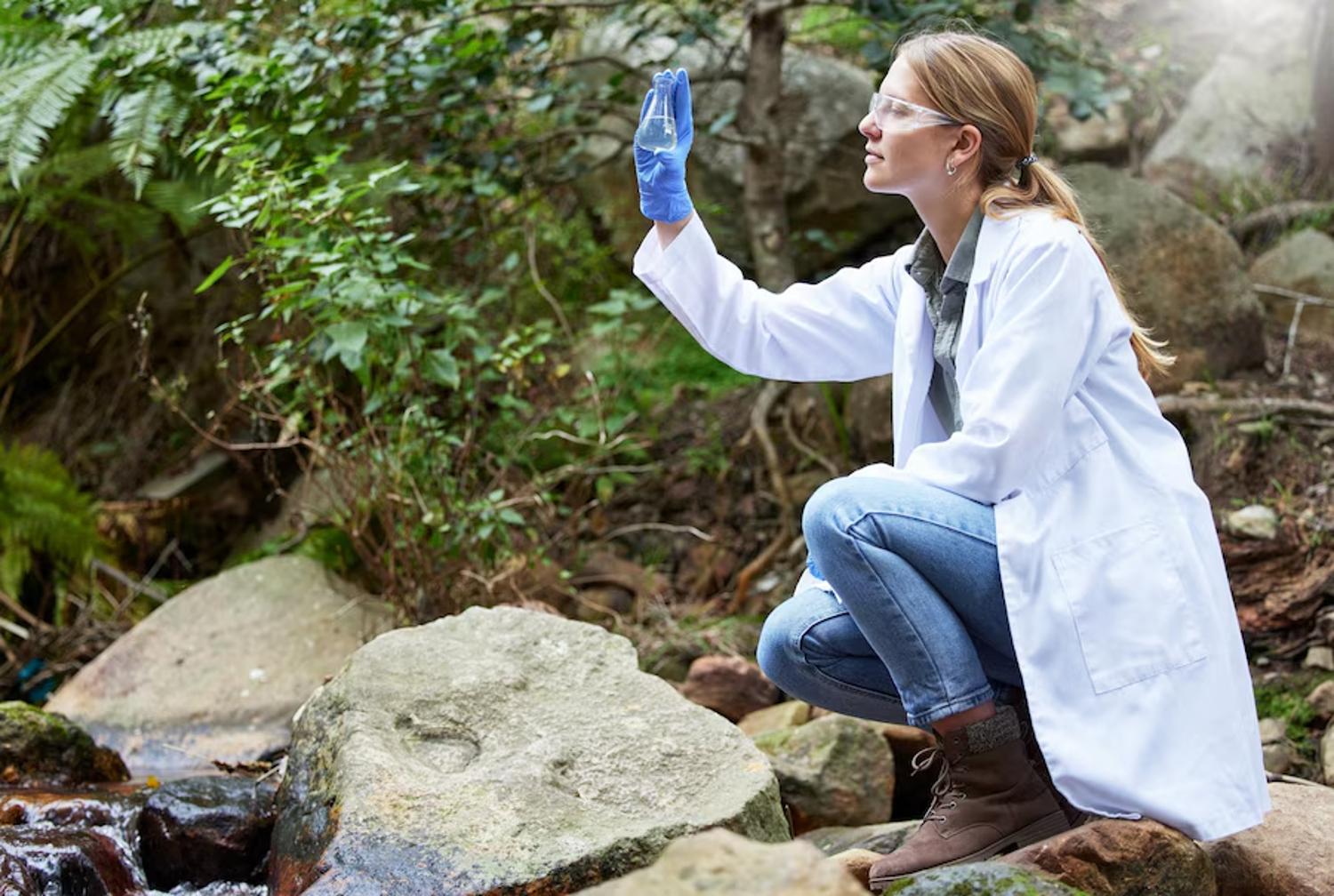
Source: Freepik
However, researchers have recently learned that it’s not just the building materials that are keeping these portions of the wall intact. Instead, they’ve realized that it’s what’s living on the surface of the wall that’s ensuring it’s survival.
The Great Wall of China Is Covered in Biocrust
Researchers and experts of the Great Wall of China have always known that the majority of the wall is covered in what scientists call a biocrust. Biocrusts, also called biological soil crusts, are naturally occurring communities of living organisms within soil.
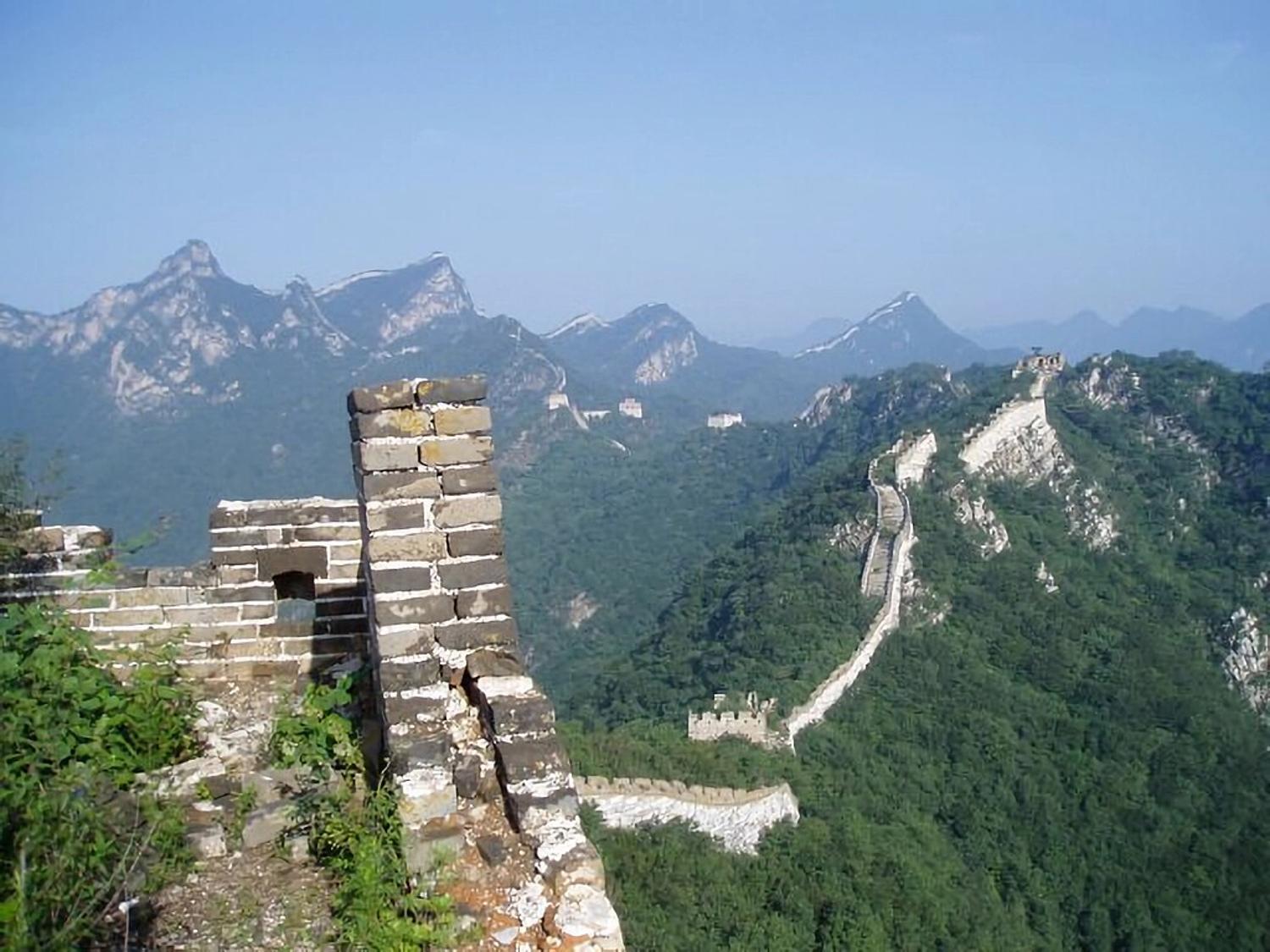
Source: Wikipedia
For decades, scientists have believed that the biocrust on the Great Wall was destroying it slowly but surely. However, new research shows the complete opposite.
The Biocrust on the Great WallI Is Saving It From Collapse
Bo Xiao, a professor of soil science at China Agricultural University and co-author of the latest biocrust study at the Great Wall, explained, “They thought this kind of vegetation was destroying the Great Wall. Our results show the contrary.”

Source: Reddit
Xiao’s study found that the biocrust actually regulates the internal nutrients like nitrogen and carbon, enhances resistance to erosion, improves stability, and increases water retention. Essentially, protecting the rammed earth construction from deteriorating.
The Biocrust on the Great Wall of China Acts as a “Living Skin”
The biocrust on the great wall is literally a “living skin” made up of moss, fungi, lichen, algae, and other microorganisms.
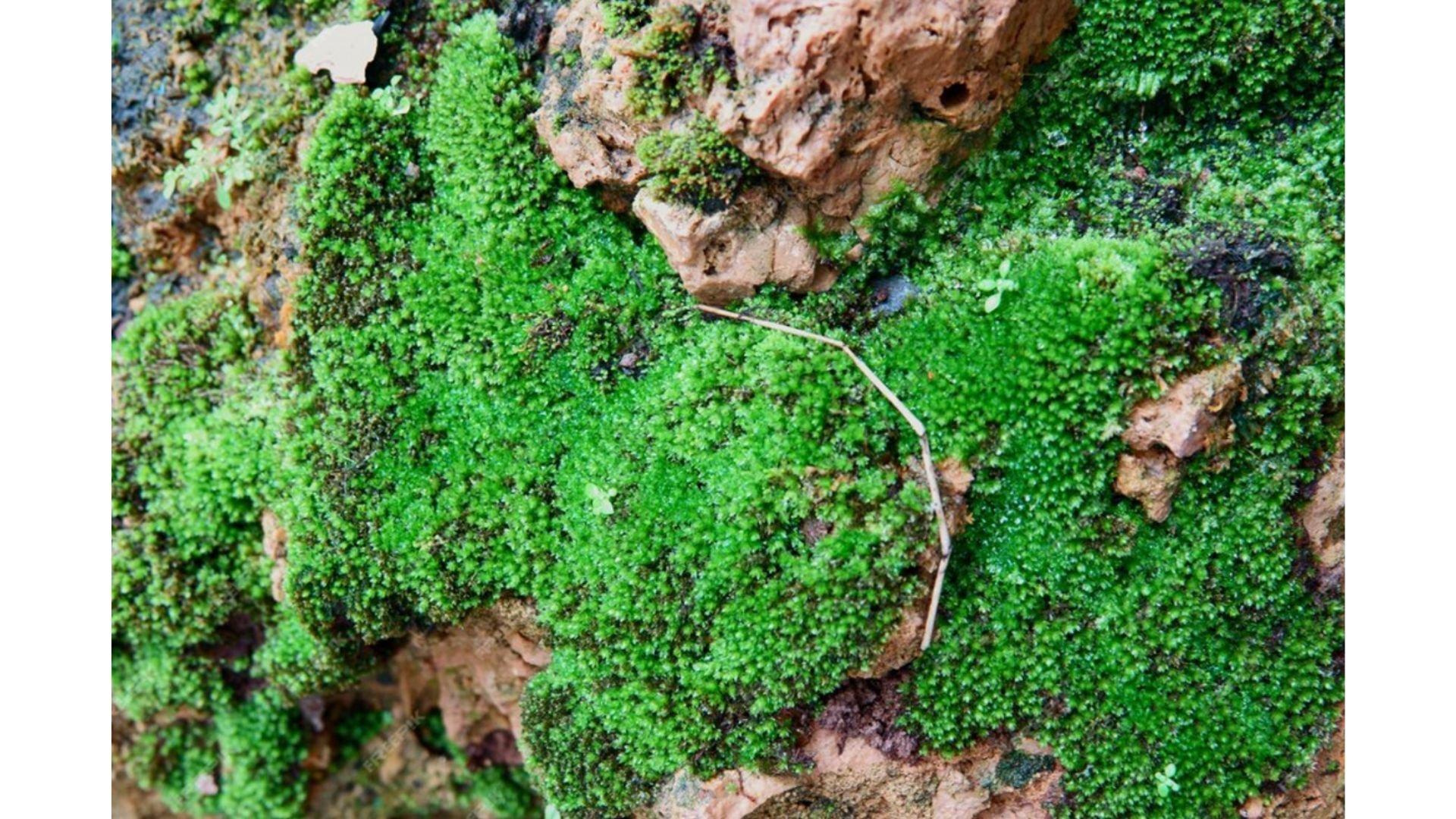
Source: Freepik
Xiao and his fellow researchers found that this living skin not only ensures that the soil within the rammed earth remains strong and healthy, but also that it protects the wall against external weathering.
The Biocrust Is Like a Protective Blanket
In many ways, the biocrust on the Great Wall of China acts as a protective blanket against the elements, such as salt, wind, and water.

Source: Freepik
In fact, the study proved that the biocrust plays a crucial role in the wall’s stability and strength, and without it, it may have crumbled to pieces several centuries ago. As Xiao explained, “Biocrusts are very widespread on the Great Wall and their existence is very beneficial to the protection of it.”
Biocrusts Cover 12% of the Earth’s Surface
Of course, biocrusts are not unique to the Great Wall of China. These living blankets cover 12% of the Earth’s surface and are absolutely essential for the health of a variety of natural ecosystems.
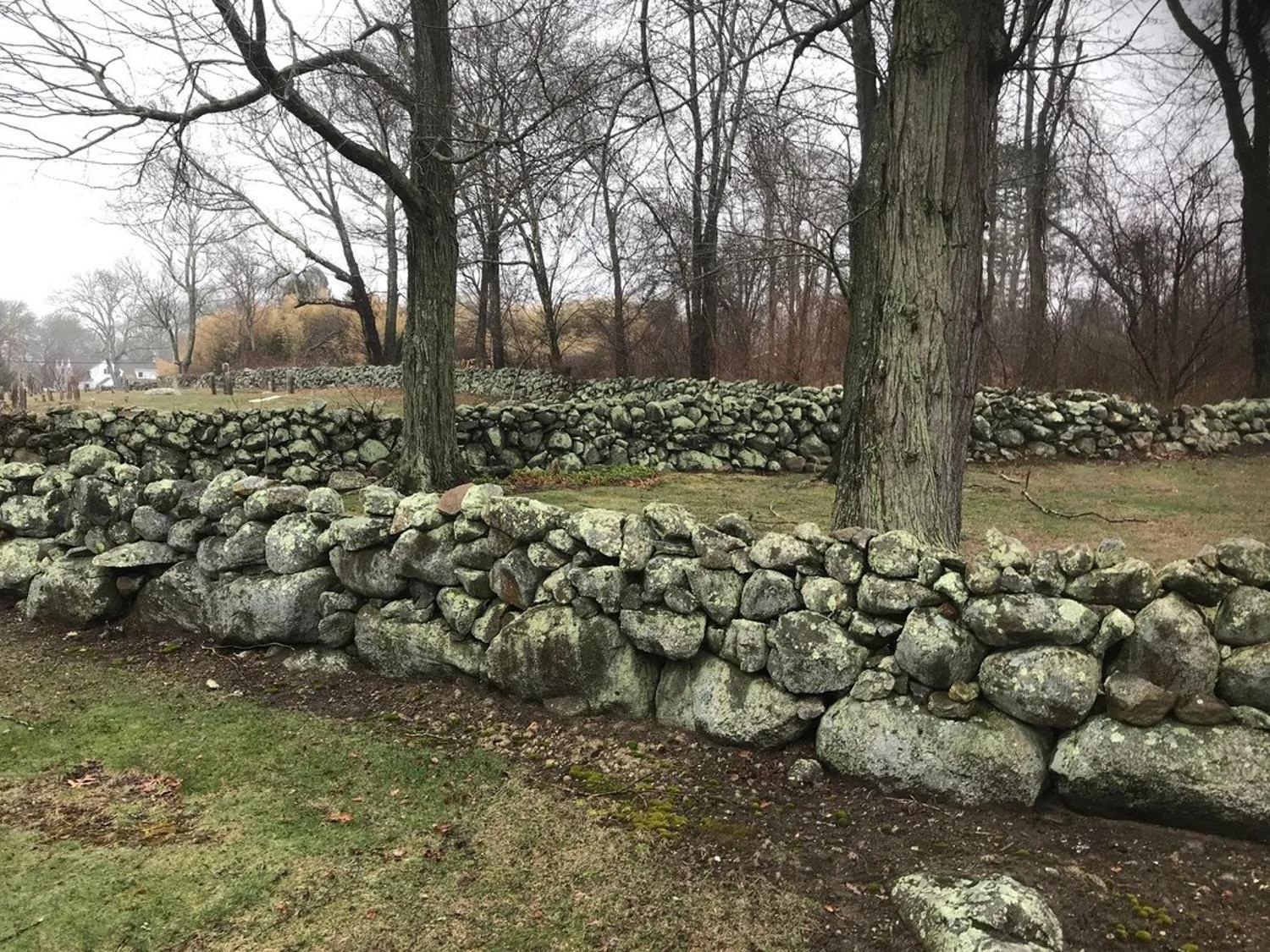
Source: Reddit
But the realization that the biocrust on the wall has preserved its ancient structural shape may change the way scientists see and utilize this natural occurrence.
Scientists Can Use Biocrusts to Protect Ancient Structures
Many of the planet’s most impressive and oldest structures were built using rammed earth. And now, scientists believe that they can implement biocrusts to ensure these buildings stay tall and strong for centuries, if not millennia.

Source: iStock
This tactic would be a clean, sustainable, and natural way to protect ancient structures by utilizing the “living skin” that naturally occurs all over the planet. It’s an incredibly exciting discovery for scientists, environmentalists, and historians alike.
Biocrust Can Also Be Used on Newly Built Structures
Additionally, the realization that biocrust can help structures remain strong and healthy for years means that humans can start implementing this natural resource for new construction projects.
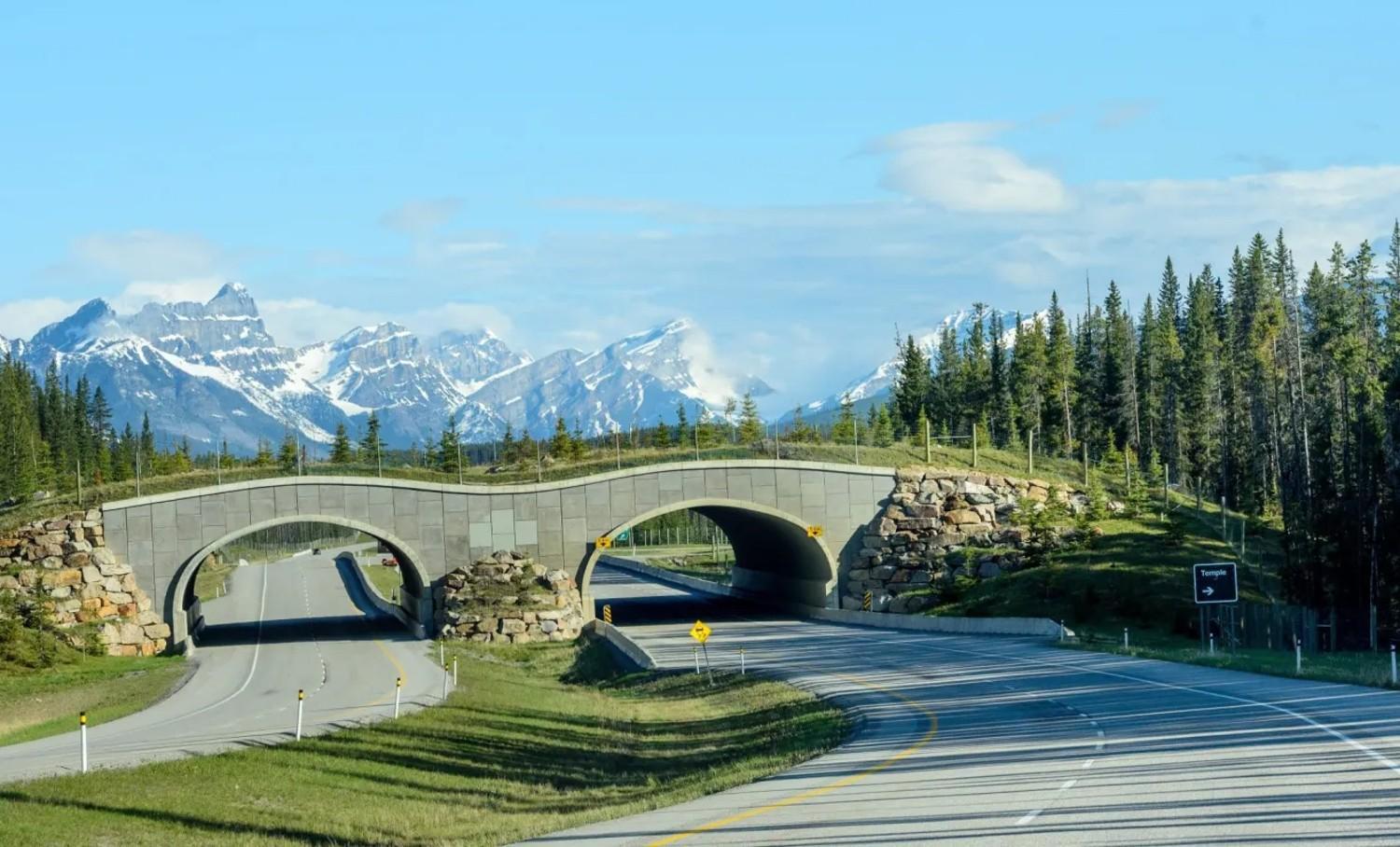
Source: iStock
As a matter of facet, some architects are already using this information. The Banff Wildlife Project has installed several wildlife crossings in the national park that keep both animals and people safe, and they are using naturally forming biocrusts to do so.
Finding Ways to Naturally Protect the Planet
Understanding the natural world around us is an incredible way to not only protect the ancient structures on Earth, but also the planet itself.
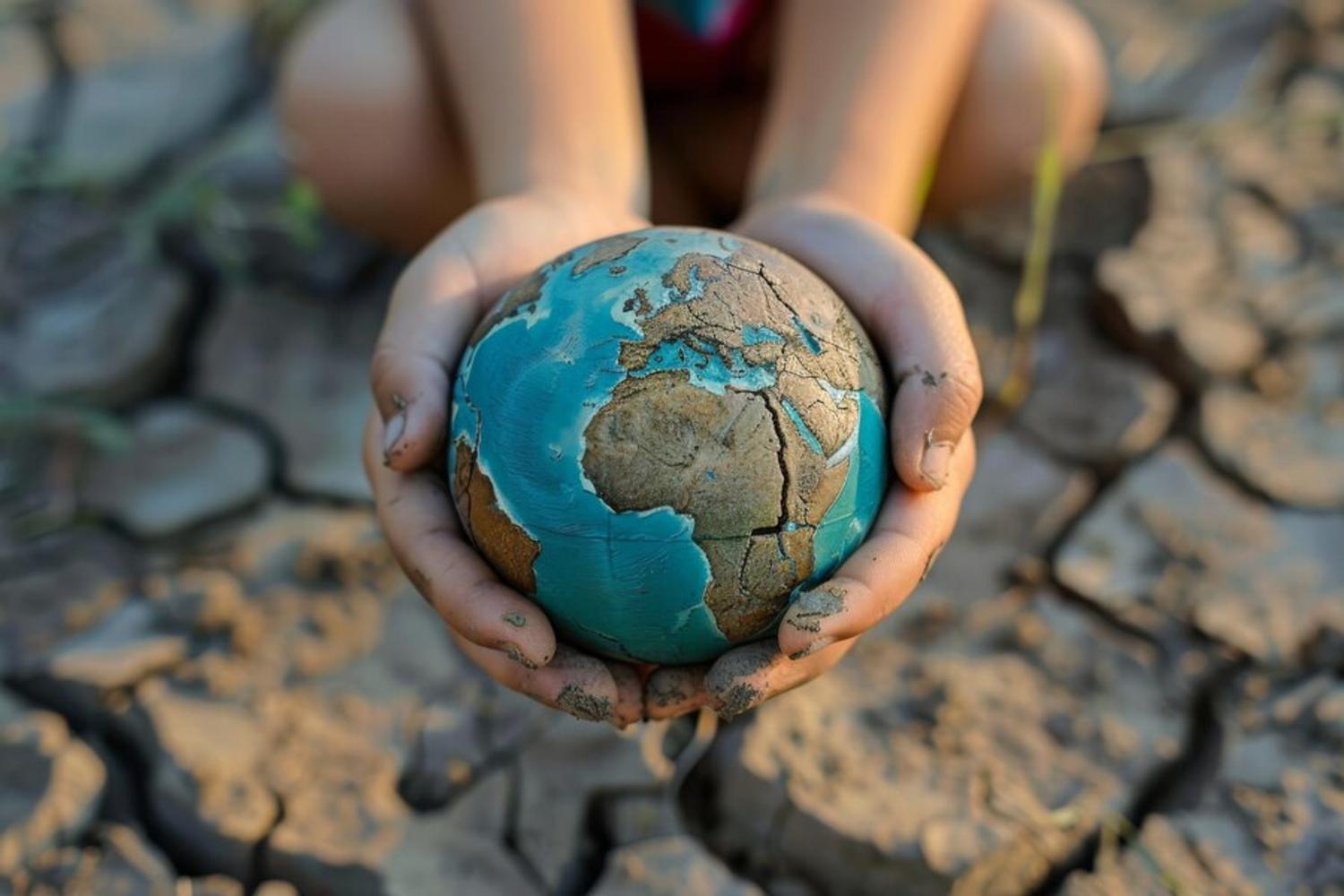
Source: Freepik
The naturally forming biocrust on the Great Wall of China is just one example of how the planet finds ways to protect itself from harm. And humans can and should follow its lead and utilize the natural resources offered to ensure the planet and our species can live on forever.
